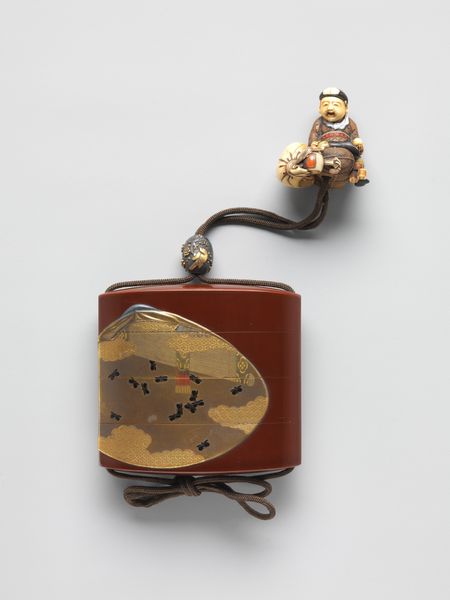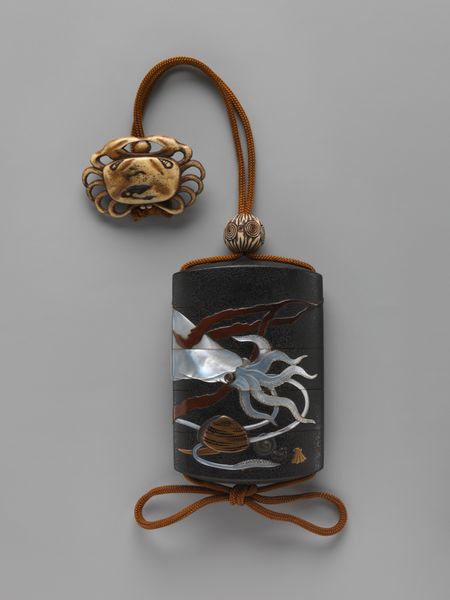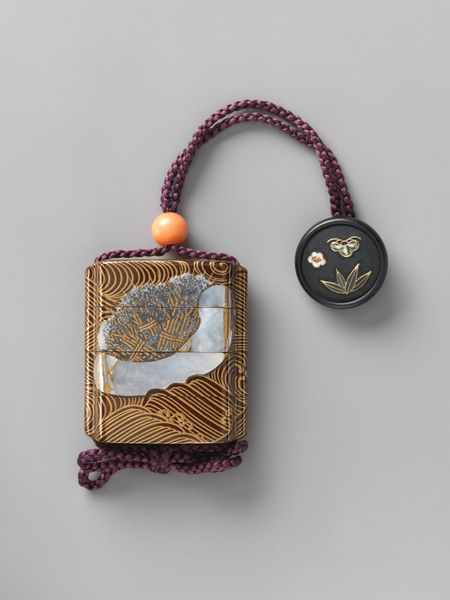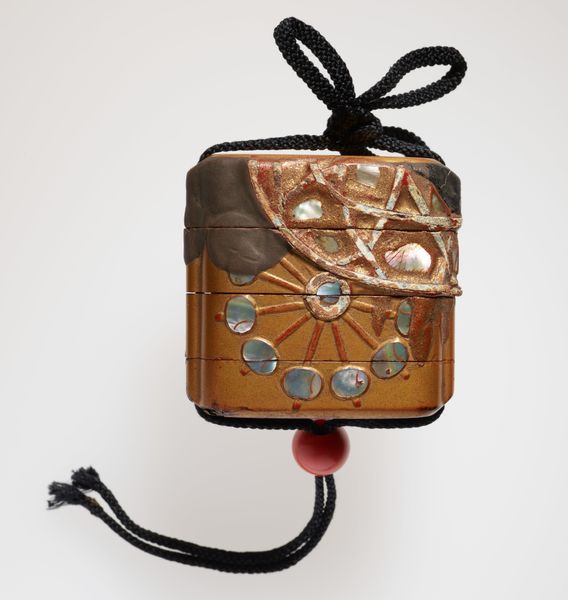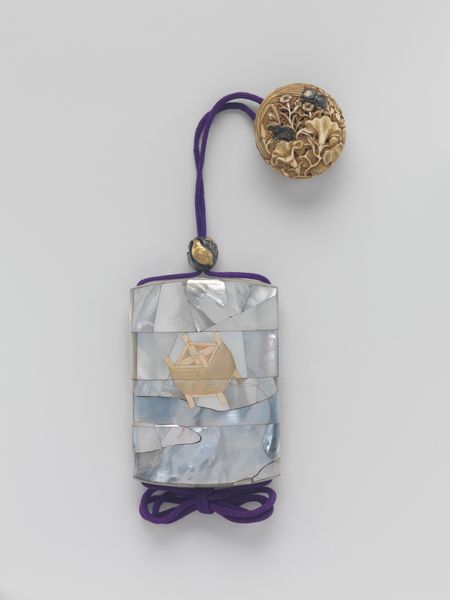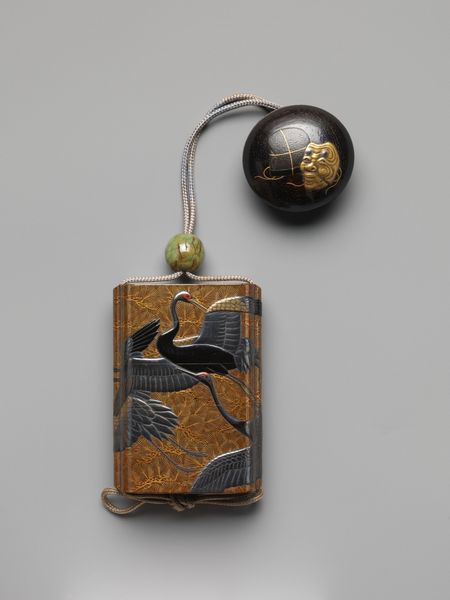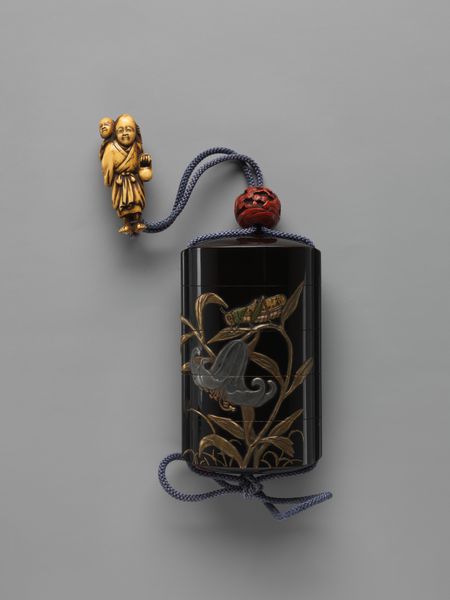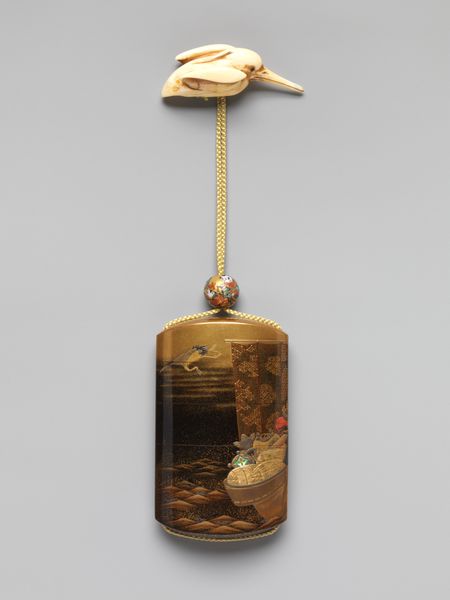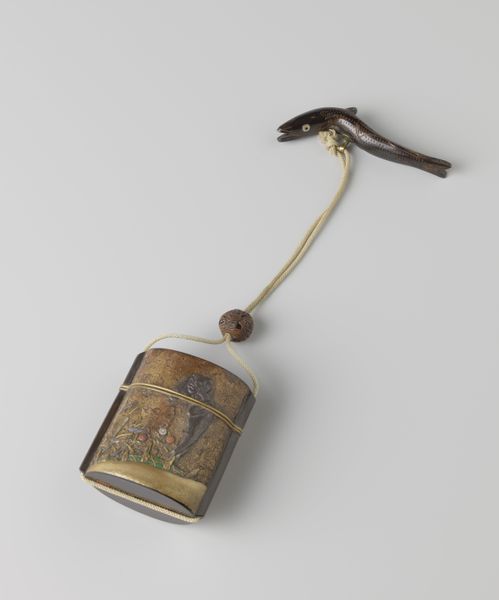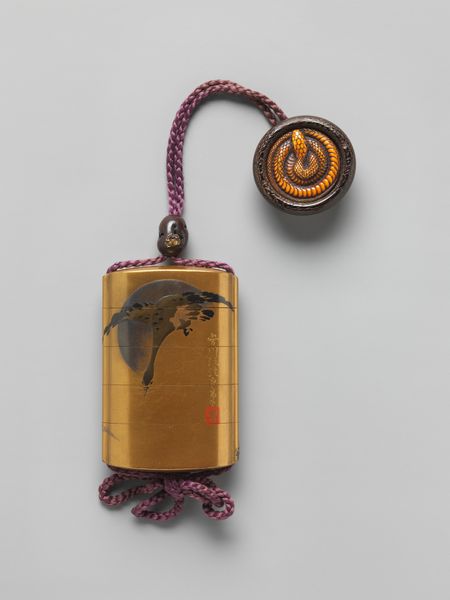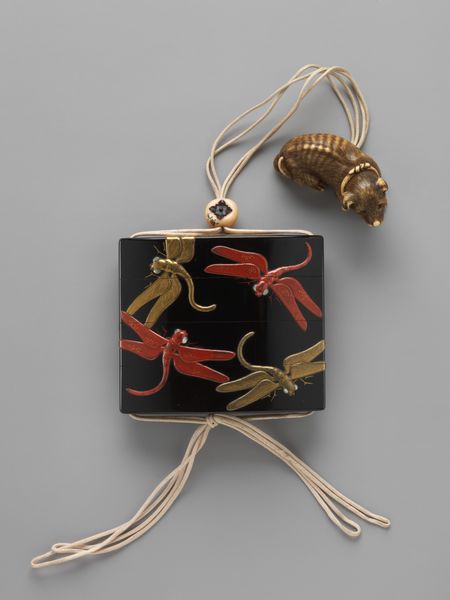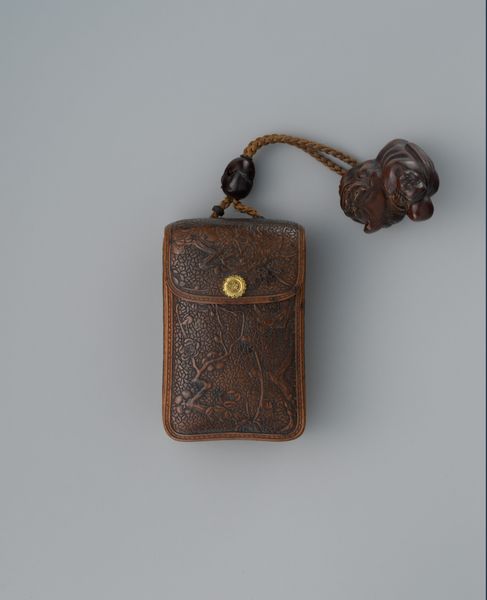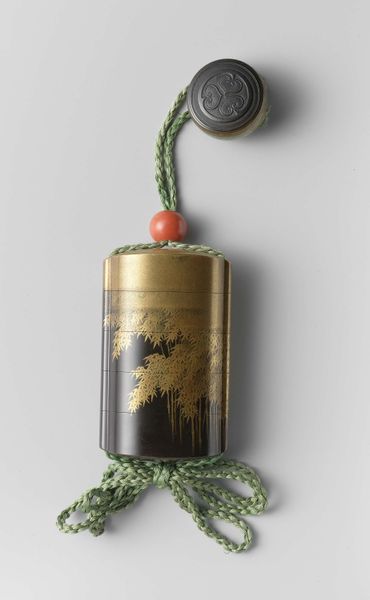
metal, ivory
#
metal
#
asian-art
#
japan
#
24_meiji-period-1868-1912
#
decorative-art
#
ivory
#
miniature
Dimensions: H. 2 13/16 in. (7.2 cm); W. 2 3/8 in. (6 cm); D. 13/16 in. (2.1 cm)
Copyright: Public Domain
Editor: We’re looking at a 19th-century Inro case by Tōyō, crafted from metal and ivory. It depicts ducks on swirling water. I'm immediately struck by its miniature scale, and how it transforms everyday utility into high art. What social commentary might be embedded within its delicate design? Curator: It's fascinating, isn't it? Think about the Meiji period context – rapid modernization pushing against traditional values. An object like this becomes a powerful statement. The ducks themselves, seemingly peaceful, exist within a society undergoing turbulent change. The intricate swirls, are they merely decorative or a reflection of the instability felt during this period of transition? Editor: That's a compelling reading. The ducks, perhaps, symbolize a longing for simpler times? And I hadn’t considered the swirls as potentially representing societal anxieties. How does the choice of materials factor into this interpretation? Curator: Excellent question. Ivory and metal, both prized materials, speak to luxury and status. However, the Inro itself, traditionally used to carry personal seals and medicines, speaks to a very intimate, perhaps vulnerable aspect of life. Is Tōyō subtly commenting on class divisions or access to healthcare, even while creating a visually appealing piece for the elite? It asks us to confront questions of privilege and representation. Editor: I see, the object itself becomes a site of potential contradictions, mirroring societal tensions. This really reframes my understanding of decorative art. Curator: Precisely. It invites us to consider how art, even in miniature form, engages with significant societal concerns and power dynamics. The playful design may actually be quite subversive when we consider the context. Editor: That is helpful – Thank you! Now I see it can be read through the lens of identity, class, and socio-political commentary.
Comments
No comments
Be the first to comment and join the conversation on the ultimate creative platform.
